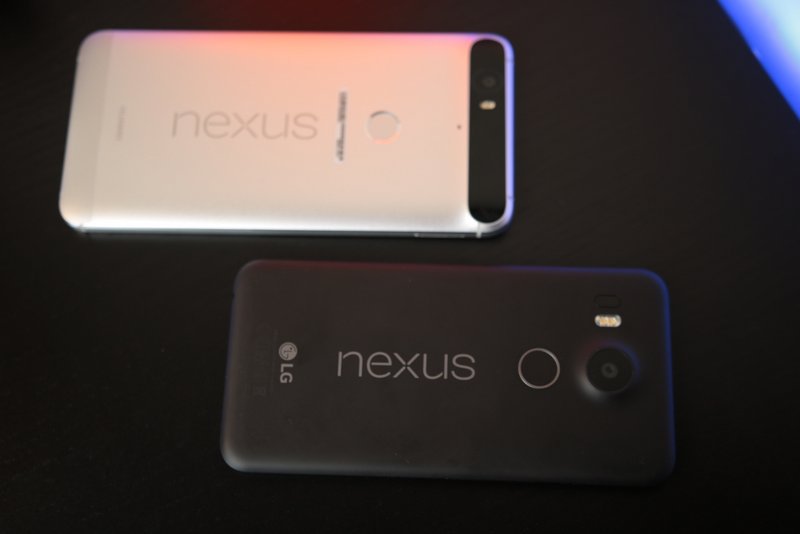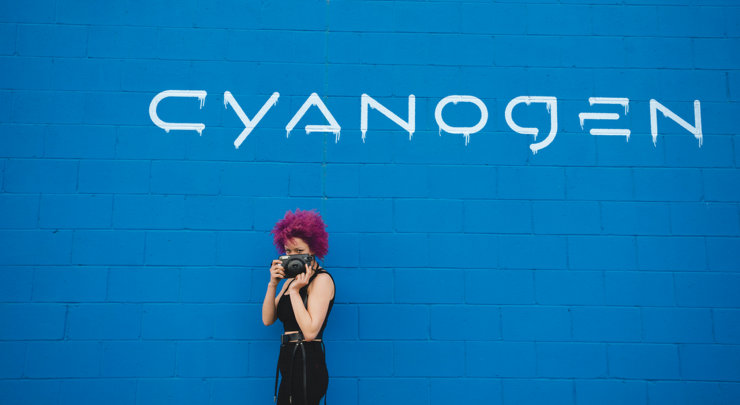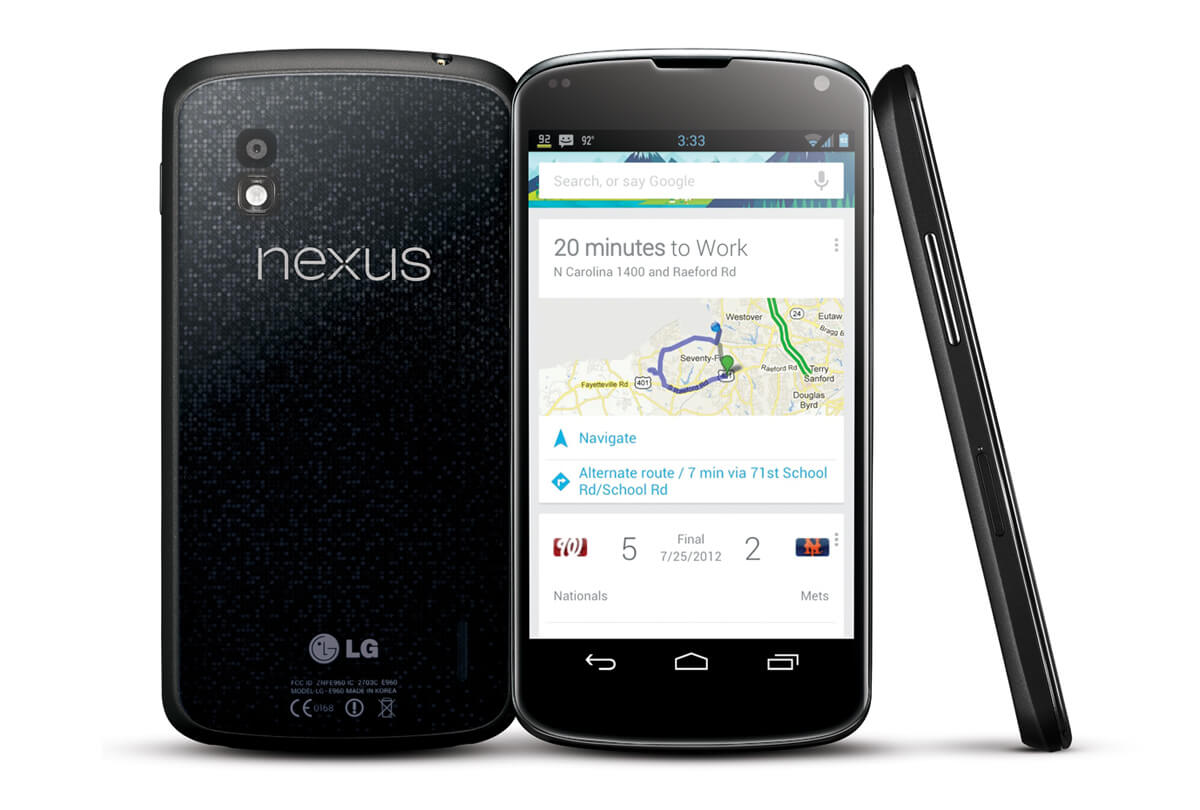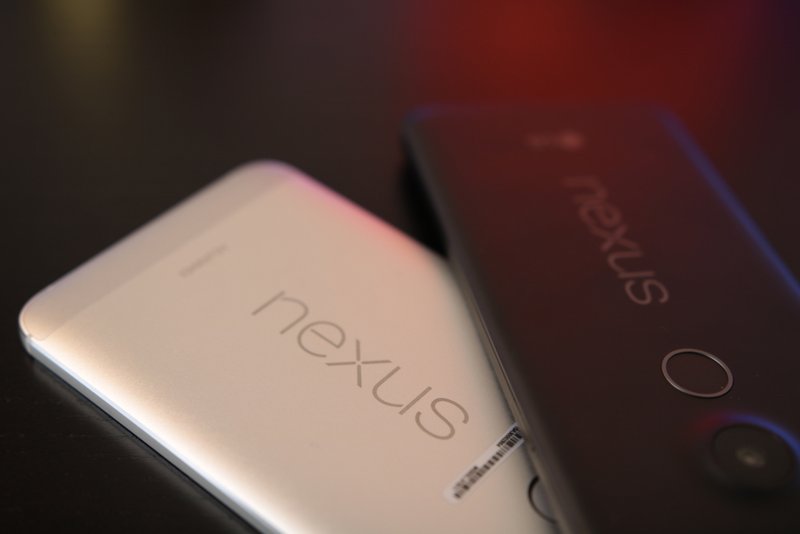we Put the smartphones Galaxy S7 Edge, iPhone 7 Plus, Nexus 6P and iPhone 6s Plus, and if you face in various situations ranging from visibility in environments with strong incidence of sunlight even in the total dark.
The aim of our comparison is to identify which screen offers the best balance in terms of the level of brightness achieved, the index of the reflections on the glass that covers the screen, saturation, contrast, and visual fatigue (glare in dark environments).
The test consists of viewing the same group of five images used in other comparative screen made by TudoCelular. The test is divided into three steps:
- external Environment sunny
- internal Environment with artificial light
- internal Environment night
In the case of the external environment in the sunny, we leave the equipment with the maximum brightness of the screen allowed. The test in an indoor environment with artificial light was accomplished with the screens of all devices capped at 200 lux of brightness (using a luxímetro for this).
in This way, in this test we compare only the color fidelity and the contrast of each of them. Finally, the test in the dark shows which achieves higher brightness, as well as which unit provides the brightness to the lowest, which helps to reduce visual fatigue.
Here we have three models with the same screen size: the Galaxy S7 Edge, iPhone 6s Plus and 7 Plus with 5.5 inches. The Nexus 6P is the one that offers the largest panel, 5.7-inch. In terms of resolution we have Full HD for both iPhones and Quad HD for models with Android. Finally, the technology of the panel also varies: the LCD on the Apple and AMOLED in the Samsung and Huawei.
sunny Environment (direct sunlight)
Put the four smartphones directly against the sunlight with the screen brightness of each one of them configured in a maximum in the automatic mode. Unfortunately it was not possible to view with high clarity the content on the screen of any of the models analyzed. However, the representative of Samsung was the one that presented the best result, while the smartphone of the Google came in last.
sunny (shadow)
In the external environment, but without the direct sunlight of the sun, we see that the Nexus 6P presents a better result delivering a visibility close to that of the models of Apple. The S7 Edge, once more, is located on the front showing a significant difference in the clarity of the content that is displayed on the screen of the device. The model of the Samsung account with the screen brightness high and glass with a low level of reflection doing the same to get the best result in this test.
indoor Environment with artificial light
In the second test, in an indoor environment with artificial light, leveled the brightness of the screen of each device to 200 lux, using a luxímetro. The idea here is not to show which screen can achieve a higher brightness, but color reproduction and contrast. And the bat we see that the AMOLED screen of the Nexus 6P and the Super AMOLED display of the S7 Edge feature colors more exaggerated.
The good news is that both Samsung and Google offer a profile with less saturated colors. Samsung, however, goes further and allows the user to choose between several calibration options of colors, going for something more balanced (basic profile) to something more saturated according to the content displayed on the screen (view-adaptive).
internal Environment at night (brightness at maximum)
In the test in the external environment we have seen that the Galaxy S7 Edge took the best for achieving a higher brightness. However, this only happens thanks to the feature to boost the brightness of the display when in automatic mode. To put the brightness in the manual, the screens of both iPhones are able to sustain a level of brightness higher.
The Nexus 6P, as expected, is the one that presents the lower brightness. In the images above, it is possible to note the difference between the screen of the smartphone from Google and other members of our comparative. In this way, once more the Nexus 6P ends up getting in last place.
internal Environment at night (brightness at minimum)
On our last test we have the equipment in the same indoor environment in the dark, but this time with the screen brightness of each one of them at a minimum to assess which offers the most comfortable reading in dark environments. Here we have a tie between the Galaxy S7 Edge, and the Nexus 6P that reach the level of lower brightness.
The iPhone 7 Plus comes with the minimum brightness a little higher, but nothing as drastic as the iPhone 6s Plus that can cause a greater visual fatigue if you enjoy using your cell phone in the complete dark.
Images used in the test
To make everything as fair as possible, were released above the pictures used in the test, thus allowing you to watch in your own display and compare to the result shown by smartphones. It is worth noting that some variations are also the camera used to record the scenes, as it tends to balance as much as possible, the difference in brightness between the screens, but at certain times this is not possible and causes those brightest end up bursting the images, which was not seen at any time the “naked eye”.
Conclusion
If you are looking for a mobile phone to use in external environments or in the dark, the model of the Samsung ends up being the most suitable. The Galaxy S7 can at the same time achieve the highest level of brightness, when in the automatic mode, and the lowest level of brightness. In addition to offering various profiles and color calibration.
The two iPhones provide good color balance and high level of brightness, especially in manual mode. Between the two models of the Apple tested the iPhone 7 Plus is the one that offers the best screen. While the Nexus 6P came in last in our comparison, since the screen of the device from the Google-only fared well in the test of visual fatigue in the dark.
Measurement of brightness
As previously stated, we use a luxímetro digital to take some parameters on the basis of specific comparison, being chosen an image that is completely black and other completely white to see the maximum and minimum levels of brightness of the apparatus to reproduce both.
The data below are measurements made in the unit lux, which measures the intensity of light which is emitted from the screen of each phone:
maximum Brightness with the black image
- Galaxy S7 Edge – 0
- iPhone 7 Plus – 2
the
- iPhone 6s Plus – 2
- Nexus 6P – 0
minimum Brightness with the black image
- Galaxy S7 Edge – 0
- iPhone 7 Plus – 0
the
- iPhone 6s Plus – 0
- Nexus 6P – 0
maximum Brightness with a white image
- Galaxy S7 Edge – 632
- iPhone 7 Plus – 693
the
- iPhone 6s Plus – 685
- Nexus 6P – 286
minimum Brightness with white image
- Galaxy S7 Edge – 2
- iPhone 7 Plus – 6
the
- iPhone 6s Plus – 9
- Nexus 6P – 2
Glow in the automatic mode with image white
- Galaxy S7 Edge – 864
- iPhone 7 Plus – 815
the
- iPhone 6s Plus – 690
- Nexus 6P – 649
As we can see, the S7 is the Edge that reaches the higher brightness when in automatic mode. However, the two Apple devices end up offering a highest brightness when in automatic. The Nexus 6P, on the other hand, does not stand out in any of the tests, showing that the AMOLED screen used by Google is not as good as the Samsung.
what did you think of our comparative screen? Which of the devices tested offers the best result? Leave us your comment below.






